Refine listing
Actions for selected content:
2251 results in Cambridge Elements
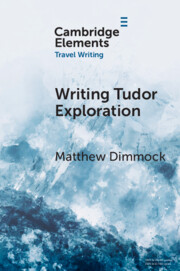
Writing Tudor Exploration
- Richard Eden and West Africa
-
- Published online:
- 15 July 2022
- Print publication:
- 11 August 2022
-
- Element
- Export citation
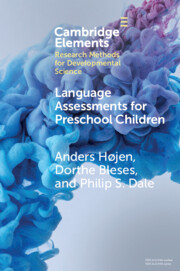
Language Assessments for Preschool Children
- Validity and Reliability of Two New Instruments Administered by Childcare Educators
-
- Published online:
- 14 July 2022
- Print publication:
- 04 August 2022
-
- Element
- Export citation
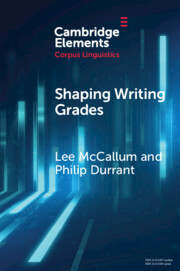
Shaping Writing Grades
- Collocation and Writing Context Effects
-
- Published online:
- 12 July 2022
- Print publication:
- 08 September 2022
-
- Element
- Export citation
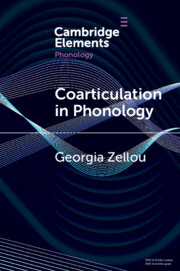
Coarticulation in Phonology
-
- Published online:
- 11 July 2022
- Print publication:
- 04 August 2022
-
- Element
- Export citation
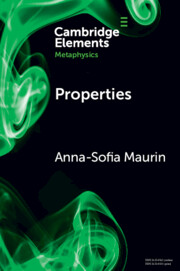
Properties
-
- Published online:
- 08 July 2022
- Print publication:
- 28 July 2022
-
- Element
- Export citation
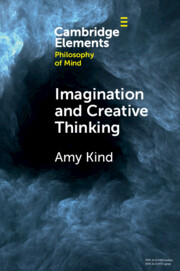
Imagination and Creative Thinking
-
- Published online:
- 08 July 2022
- Print publication:
- 28 July 2022
-
- Element
- Export citation
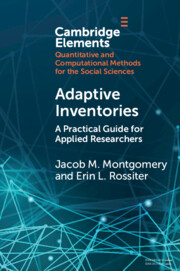
Adaptive Inventories
- A Practical Guide for Applied Researchers
-
- Published online:
- 08 July 2022
- Print publication:
- 28 July 2022
-
- Element
- Export citation
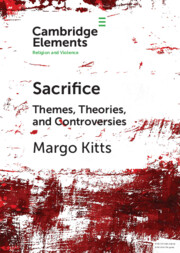
Sacrifice
- Themes, Theories, and Controversies
-
- Published online:
- 07 July 2022
- Print publication:
- 28 July 2022
-
- Element
- Export citation
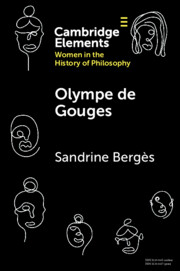
Olympe de Gouges
-
- Published online:
- 07 July 2022
- Print publication:
- 28 July 2022
-
- Element
- Export citation
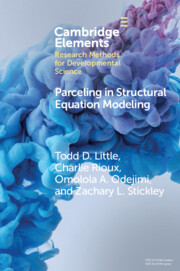
Parceling in Structural Equation Modeling
- A Comprehensive Introduction for Developmental Scientists
-
- Published online:
- 07 July 2022
- Print publication:
- 28 July 2022
-
- Element
- Export citation
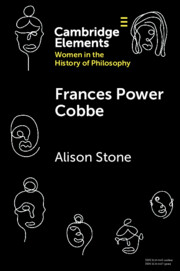
Frances Power Cobbe
-
- Published online:
- 07 July 2022
- Print publication:
- 28 July 2022
-
- Element
- Export citation
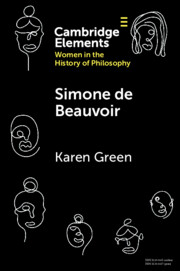
Simone de Beauvoir
-
- Published online:
- 07 July 2022
- Print publication:
- 28 July 2022
-
- Element
- Export citation
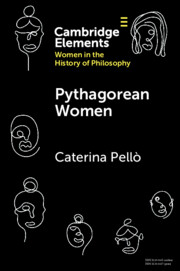
Pythagorean Women
-
- Published online:
- 07 July 2022
- Print publication:
- 28 July 2022
-
- Element
- Export citation
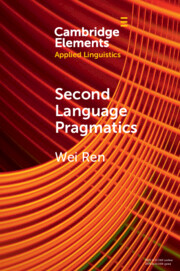
Second Language Pragmatics
-
- Published online:
- 01 July 2022
- Print publication:
- 14 July 2022
-
- Element
- Export citation
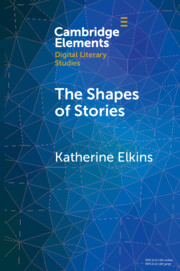
The Shapes of Stories
- Sentiment Analysis for Narrative
-
- Published online:
- 01 July 2022
- Print publication:
- 04 August 2022
-
- Element
- Export citation
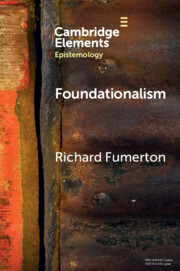
Foundationalism
-
- Published online:
- 30 June 2022
- Print publication:
- 28 July 2022
-
- Element
- Export citation
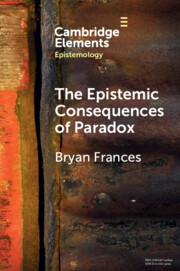
The Epistemic Consequences of Paradox
-
- Published online:
- 30 June 2022
- Print publication:
- 28 July 2022
-
- Element
- Export citation
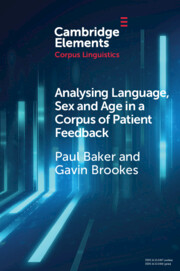
Analysing Language, Sex and Age in a Corpus of Patient Feedback
- A Comparison of Approaches
-
- Published online:
- 27 June 2022
- Print publication:
- 21 July 2022
-
- Element
- Export citation
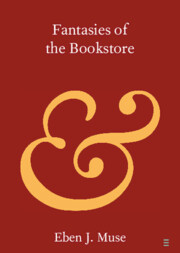
Fantasies of the Bookstore
-
- Published online:
- 27 June 2022
- Print publication:
- 28 July 2022
-
- Element
- Export citation
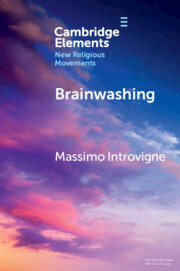
Brainwashing
- Reality or Myth?
-
- Published online:
- 25 June 2022
- Print publication:
- 21 July 2022
-
- Element
- Export citation
